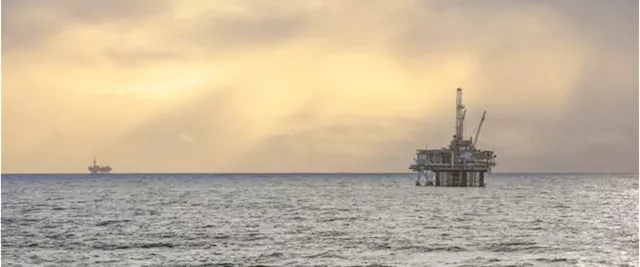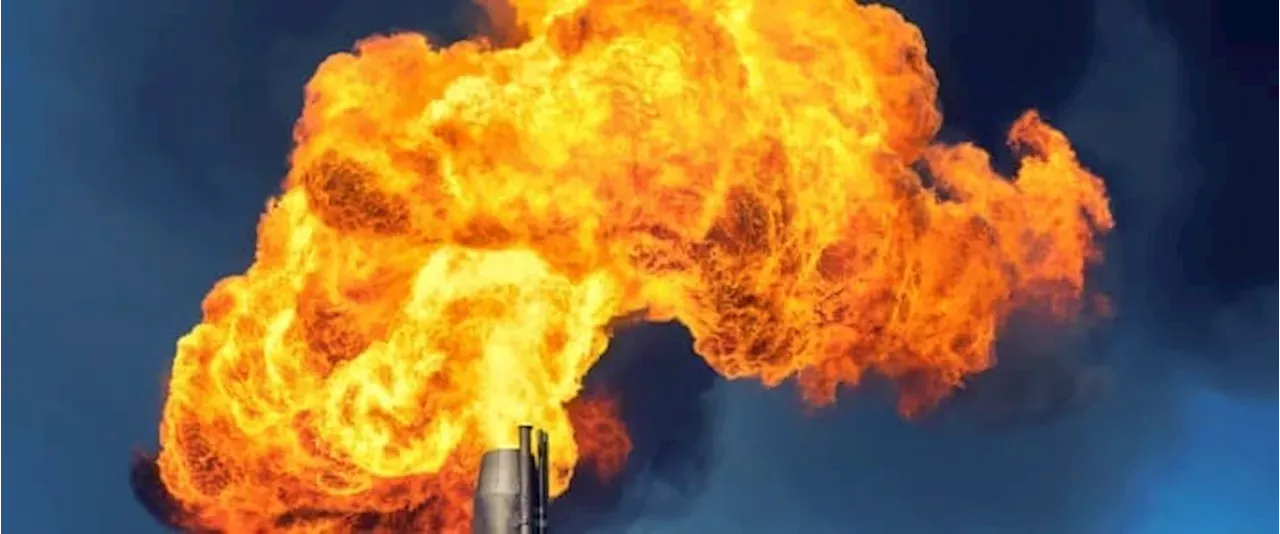Flaring emissions from global upstream oil and gas production activity increased by 7% from 2022 to 2023, according to latest Rystad Energy research. Upstream activities emit about 1 gigatonne per year of carbon dioxide CO2 in total, with flaring contributing around 30% of those emissions in 2023 assuming 98% flaring efficiency on average. Flaring reduction is considered a low-hanging fruit for oil and gas companies trying to reduce their carbon footprint.
The Middle East, in particular, saw a sharp increase in its flaring levels, reaching approximately 45 billion cubic meters Bcm — a 7% rise from last year. Russia continues to dominate on a country level, with around 28 Bcm flared in 2023 — up 12% from last year. Other countries with the highest absolute increases were Iran, the US and Libya, all of which had greater than 10% increases.
Belgique Dernières Nouvelles, Belgique Actualités
Similar News:Vous pouvez également lire des articles d'actualité similaires à celui-ci que nous avons collectés auprès d'autres sources d'information.
 UK Oil and Gas Industry Hits Emissions Target Four Years EarlyThe UK oil and gas industry has significantly reduced emissions ahead of schedule, but faces potential tax hikes that could hinder clean energy transition funding.
UK Oil and Gas Industry Hits Emissions Target Four Years EarlyThe UK oil and gas industry has significantly reduced emissions ahead of schedule, but faces potential tax hikes that could hinder clean energy transition funding.
Lire la suite »
 Canadian Oil Industry Goes Silent On Emissions Amidst New LegislationFollowing new legislation that could lead to legal action for 'greenwashing', a Canadian oil industry association has removed all information about emission-cutting activities from company websites, prompting concern from climate activists.
Canadian Oil Industry Goes Silent On Emissions Amidst New LegislationFollowing new legislation that could lead to legal action for 'greenwashing', a Canadian oil industry association has removed all information about emission-cutting activities from company websites, prompting concern from climate activists.
Lire la suite »
Canadian Oil Industry Shuts Up About Emissions After New RegulationsFollowing new legislation that could lead to legal action for 'greenwashing', Canadian oil sands producers have stopped publicly discussing their emission-cutting activities. This silence has sparked concern among climate activists who argue for further reductions.
Lire la suite »
